CRAZYWISE | Shamanic Mysticism and Mental Wellness
Cover Image | Sukulen, 37, Mt. Nyiru, Kenya
As a young girl, Sukulen began having dizzy spells and hearing voices. She said she was very frightened and thought she was getting ill. Her grandmother assured her that she was healthy and was, in fact, very gifted. Sukulen is now a highly respected “predictor” and healer in the Samburu tribe. Two months before I arrived, she had told several people in her village that I was coming and had described in detail my appearance and the equipment I was using.
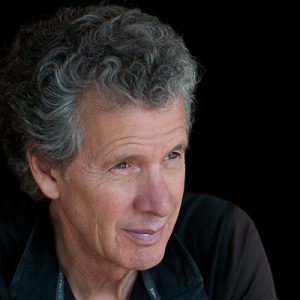 For over twenty-five years Phil Borges has been documenting indigenous and tribal cultures. He often saw these cultures identify “psychotic” symptoms as an indicator of shamanic potential and was intrigued by how differently psychosis is defined and treated in the West.
For over twenty-five years Phil Borges has been documenting indigenous and tribal cultures. He often saw these cultures identify “psychotic” symptoms as an indicator of shamanic potential and was intrigued by how differently psychosis is defined and treated in the West.
Phil’s recent project, CRAZYWISE, explores the relevance of Shamanic traditional practices and beliefs to those of us living in the modern world. Through interviews with renowned mental health professionals including Gabor Mate, MD, Robert Whitaker, and Roshi Joan Halifax, PhD, Phil explores the growing severity of the mental health crisis in America and discovers a growing movement of professionals and psychiatric survivors who demand alternative treatments that focus on recovery, nurturing social connections, and finding meaning.
KOSMOS: You have shared wonderful portraits of shaman with the world. Your first experience with an altered state of consciousness as a cultural ritual was in Tibet?
PHIL: Yes, the State Oracle of Tibet, the Nechung Oracle is channeled through a Medium, called a Kuten and is the protector spirit of the Tibetan people. The Oracle is often consulted by the Dalai Lama on important issues. When I first met the Kuten in 1994 he was a 30-year-old monk named Thupten Ngodrup .
It was amazing to see this ceremony where he went into trance and spoke in an altered voice while the monks attending him wrote down everything he was saying. Then he lost consciousness and had to be carried out of the room. At first, I thought maybe this was a performance. To tell the truth, I just didn’t know what to think of it. However, two days later I got to interview the Kuten. He spoke little English, but I could tell, this young guy was sincere. He said, “when I’m in that state, I really don’t remember what I’m saying.” He loses himself entirely to this spirit entity that comes through him.
When we asked him how he became a Kuten he told us as a young monk he began to hear voices, had unusual mood swings, became sick and disoriented and thought he was dying. An older monk took him aside to tell him he had a special sensitivity and could be very useful to the Nechung Monastery and the Tibetan people.
KOSMOS: Very different experience than in our Western world! I’m sure, you have seen that a lot of these shamanic experiences follow similar patterns: hearing and seeing things that others can’t, being overcome by spirit, intense interest in the community about what the spirits are saying or doing.
PHIL: Yes, and I found it fascinating that they are often selected by the community for having what I always thought of as ‘a psychotic experience’ like hearing voices, having personality changes and mood swings. That interested me – what we consider “psychotic” symptoms was an indicator of shamanic potential! However, at the time, I didn’t know that twenty years later I would be making a film called CRAZYWISE that explored this further.
When I would go into a community to do a photoshoot for the UN, Amnesty International or an NGO, I’d ask “who are your healers, who are your visionaries?” And I started to hear this story over and over again – the way they were selected was most often a crisis. Once in a while it came down through a lineage like a son or daughter of a shaman would take over as a shaman. But, most of the time it was a crisis that identified the young initiate as having shamanic potential. Sometimes it was a physical crisis like a near fatal illness, but most often it was a mental/emotional crisis.
KOSMOS: Have you had any experiences you found it difficult to rationalize?
PHIL: I took my 16 year old son, Dax, on a trip to Pakistan’s North West Frontier Province to an area right on the border of Pakistan and Afghanistan. There is a group of animists, the Kalash, who go back to the time of Alexander the Great, and have very different beliefs than the Islamic culture that surrounds them.
There were three shaman in the area and one of them was a goat herder who was considered to be the most powerful of the three. So Dax, our translator and I hiked up the mountain to his camp to visit him. His camp was right on the Afghan border and the shaman was a very talkative, outgoing 60 year-old man named Janduli Kahn. He said, “I want to do a ceremony for you in the morning to bless your journey.” I really didn’t want him to do it because he had to sacrifice one of his animals. They induce their trance by sacrificing an animal, then pouring the blood over burning Juniper branches and inhaling the smoke. I tried to talk him out of doing the ceremony but he insisted saying “you have traveled so far to get here I must do it.”
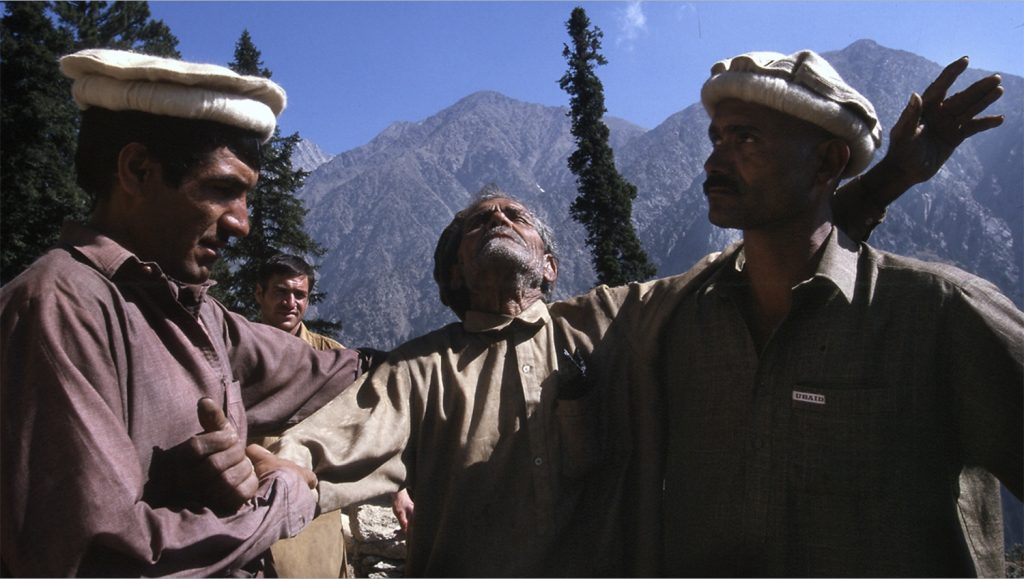 So, the next morning his sons started the fire, sacrificed the animal and caught their father as he fell backwards into a trance like state. A few moments later he came out of the trance, didn’t say a word and disappeared into his rock hut. We never saw him again. That was it.
So, the next morning his sons started the fire, sacrificed the animal and caught their father as he fell backwards into a trance like state. A few moments later he came out of the trance, didn’t say a word and disappeared into his rock hut. We never saw him again. That was it.
So I asked the sons, “What happened when he went into the trance? Did he say anything.”? And one of them told us his father said ‘our journey would be very difficult, but we would be safe’
Dax became extremely ill over the next few days as we continued our journey into the remote Hindu Kush mountains. We were out in the middle of nowhere, literally. I mean, you would pass a shack every once in a while, and I was getting very worried. Dax couldn’t keep anything down and was very dehydrated and weak. He reached a point where he had a hard time sitting up and was slumped over.
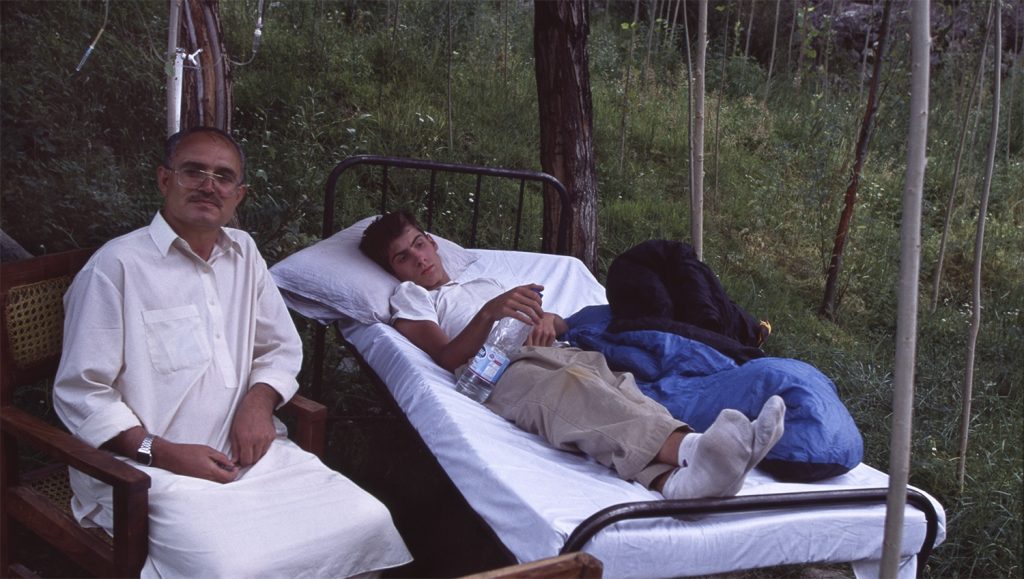 I finally pulled off and set him under a shade tree because we had just passed a couple of little shacks. I was panicked!! I ran back and banged on the door of one … and a doctor from Islamabad who was visiting his mother answered the door! Wow. He had an IV drip with glucose and saline and set up a cot in their back yard where we rehydrated Dax. In two hours and he was fine. Unbelievable. I could not help hearing the words of the Kalash Shaman repeating in my head. (Interview continues below the Gallery)
I finally pulled off and set him under a shade tree because we had just passed a couple of little shacks. I was panicked!! I ran back and banged on the door of one … and a doctor from Islamabad who was visiting his mother answered the door! Wow. He had an IV drip with glucose and saline and set up a cot in their back yard where we rehydrated Dax. In two hours and he was fine. Unbelievable. I could not help hearing the words of the Kalash Shaman repeating in my head. (Interview continues below the Gallery)
Namid 70 Tsagaannuur, Mongolia
Namid started her shamanic work when she was 14 years old. I watched in amazement as she spent a whole night beating her drum, sweating profusely, spinning wildly and repeatedly falling to the floor, calling on the mountain spirit to help a woman having trouble in pregnancy. She continued to see people the next morning who had come from miles away to seek her help. One by one, she gave them the money I had just given her for my lodging. She said, “if you want to live a long life, continue to help others.” (Darkhad)
Laya 81 Banaue, Philippines
Laya is a powerful Monbaki (shaman) in a mountain tribe called the Ifugao. When Laya was very young, his mother died and Tofong, the forest spirit, came to him shortly after. Today when Laya is treating a patient, he brings an offering into the forest for Tofong and shouts out the ill person’s name. If Tofong accepts the offering, Laya said the hair on the back of his neck will stand on end and he will feel the spirit enter his body – a good sign for the patient. The catholic church has recently lifted its ban on Ifugao rituals. (Ifugao)
Amma 89 Bulava, Siberia
Amma had just completed an Ulchi ritual, called a kasa, for a neighbor who had died. She stayed up with the body for three days and nights while guiding the soul of the deceased to the “other world”, called Buni Village. She told me the kasa is very dangerous as the journey to Buni Village could cost her her life. Amma became a shaman rather late in life. She told me that she resisted the calling for many years because a shaman’s life is so hard. She said, “it’s not like a profession that you learn-it’s a calling one receives from the nature spirits.” (Ulchi)
Crazy…or wise?
The traditional wisdom of indigenous cultures often contradicts modern views about a mental health crisis. Is it a ‘calling’ to grow or just a ‘broken brain’? The documentary CRAZYWISE explores what can be learned from people around the world who have turned their psychological crisis into a positive transformative experience.
Watch the entire film at:
vimeo.com/ondemand/crazywise
KOSMOS: We don’t yet have the capacity in our culture to explain these non-ordinary experiences or states of being. We chalk them up to coincidence or magical thinking. But something deeper seems to be going on and we have a lot of catching up to do. When did you decide to make the film?
PHIL: One evening a friend of mine and I got to talking about making a short film on meditation. And the second or third person she sent to talk with me was Adam, who is featured in the film.
When Adam was 20, he had a psychotic episode and was immediately taken to a psychiatrist and put on a whole medication routine. And it went very badly for him. He was on 15 pills a day and having horrible side effects. So he stopped all his medication at once and did a 10 day silent meditation retreat, meditating 10 to 14 hours per day. I’ve since learned this is a very dangerous thing to do but it worked for Adam and he was able to go back to his job at a Whole Foods grocery store. I thought his story was very interesting, so I decided to start interviewing him every 2 to 3 weeks. He continued doing the meditation retreats until his fourth retreat when issues of a childhood molestation came up for him. He was quite upset but the retreat leaders were unable to handle that type of a problem and sent him home. When he told his parents that his grandfather had molested him they didn’t believe it.
Consequently he was rejected by his main pillars of support– his parents and the meditation community. It was shocking to see how fast he spiraled down after that happened. I mean, he was a healthy, normal kid when I met him and within a couple of weeks after that he lost his job and became homeless. He even looked totally different!!
KOSMOS: I have seen this before, that what we call a psychotic episode can completely transform the person – even the way they look in some cases, the way they talk, their whole demeanor.
PHIL: Especially the way they talk. I delved into the neuroscience of this and it’s fascinating what is being discovered right now, actually. Anyway, Adam became the catalyst for the film, CRAZYWISE. The film does not seek to over-romanticize indigenous wisdom, or completely condemn Western treatment. Not every indigenous person who has a crisis becomes a shaman. And many individuals benefit from Western medications. However, I believe indigenous peoples’ acceptance of non-ordinary states of consciousness, along with the use of rituals and metaphor that form deep connections to nature, to each other, and to their ancestors, is something we can learn from.
The loss of ego that can come from a mental/emotional crisis is a spiritual experience. Absolutely is! And many who successfully navigate the experience without being frightened can emerge stronger with more purpose and compassion.
But that’s the key. Often when you come back and you tell the people who love you the most, – your parents or your lover, or your boss, or your best friends – about things you’ve experienced that they can’t relate to. They get frightened and you pick up on that. The person in this state is extra sensitive to colors, to sounds, all their senses are amped up. Somebody who’s turned up the volume on all their senses, can pick up those feelings coming from other people and it scares them.
One of the things I’ve heard over and over again is, any time there’s a sense of unease or fear coming from those who know them best–it can make them think, ‘Yeah, maybe I am crazy. Something’s wrong here’, when what they really need is unconditional love and acceptance.
KOSMOS: Maybe the same is true on a collective level, that as a species or at least as a society, we can’t transform our collective trauma without new ways of understanding and radical love. What is coming up for you when you think about the collective experience that we’re now going through?
PHIL: I’ve talked to hundreds of people that have gone through that on a personal level – transformation coming out of crisis. Again, if they successfully navigate it, they usually come out with a lot more compassion and a lot more empathy.
So, if it’s anything like a personal crisis, our collective crisis has to be framed correctly.
This is a breaking down of the old concepts and structures, from our use of fossil fuels to the way we see different humans and non-humans as ‘other’. This is the breaking down in preparation for a birth of a whole new way of seeing and being in the world. And, it can go very badly if it isn’t framed properly – as a breakthrough rather than breakdown.
Our collective psychological crisis can also be an opportunity for growth and potentially transformational, not a just a catastrophe without meaning.


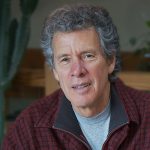
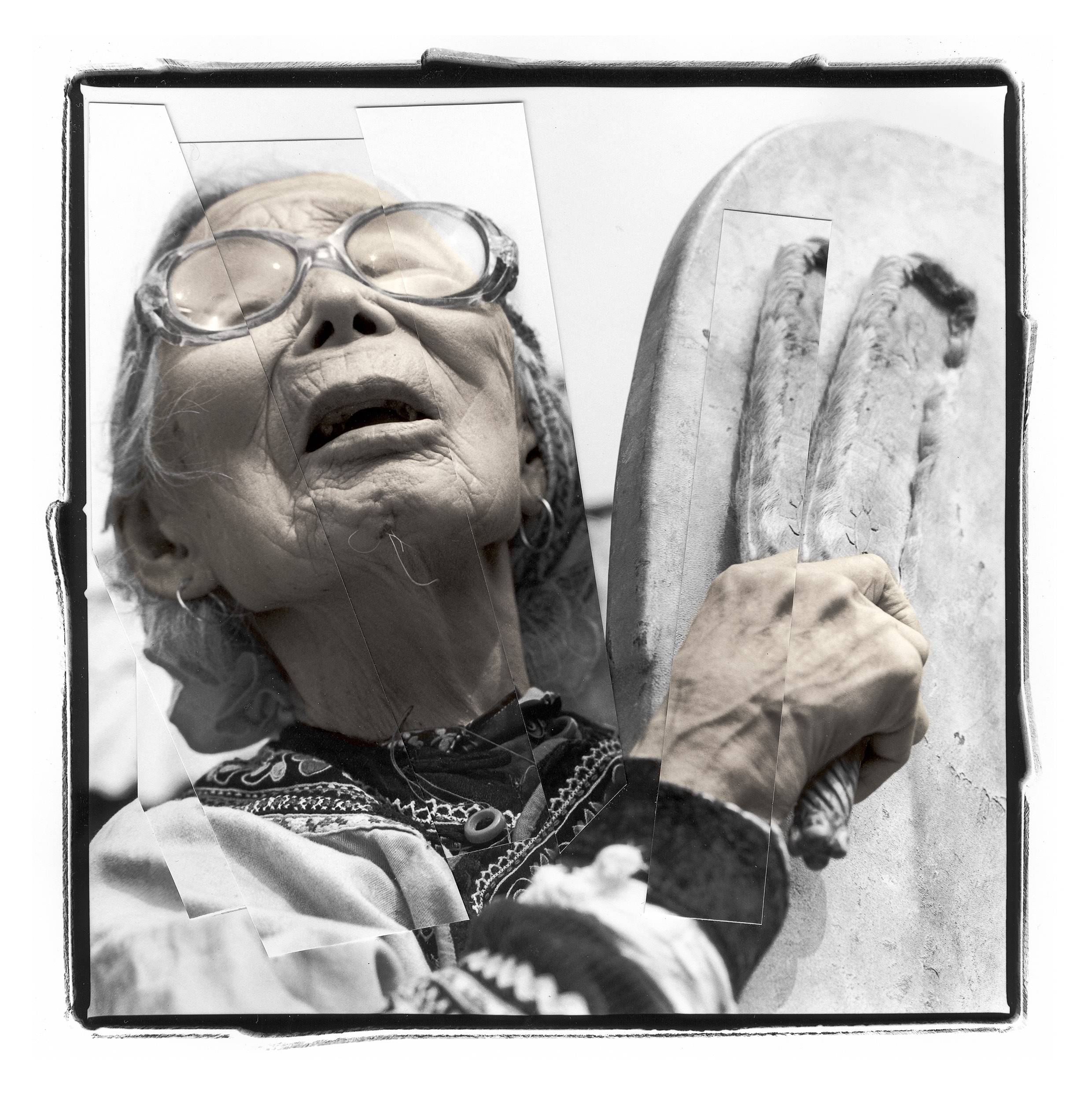
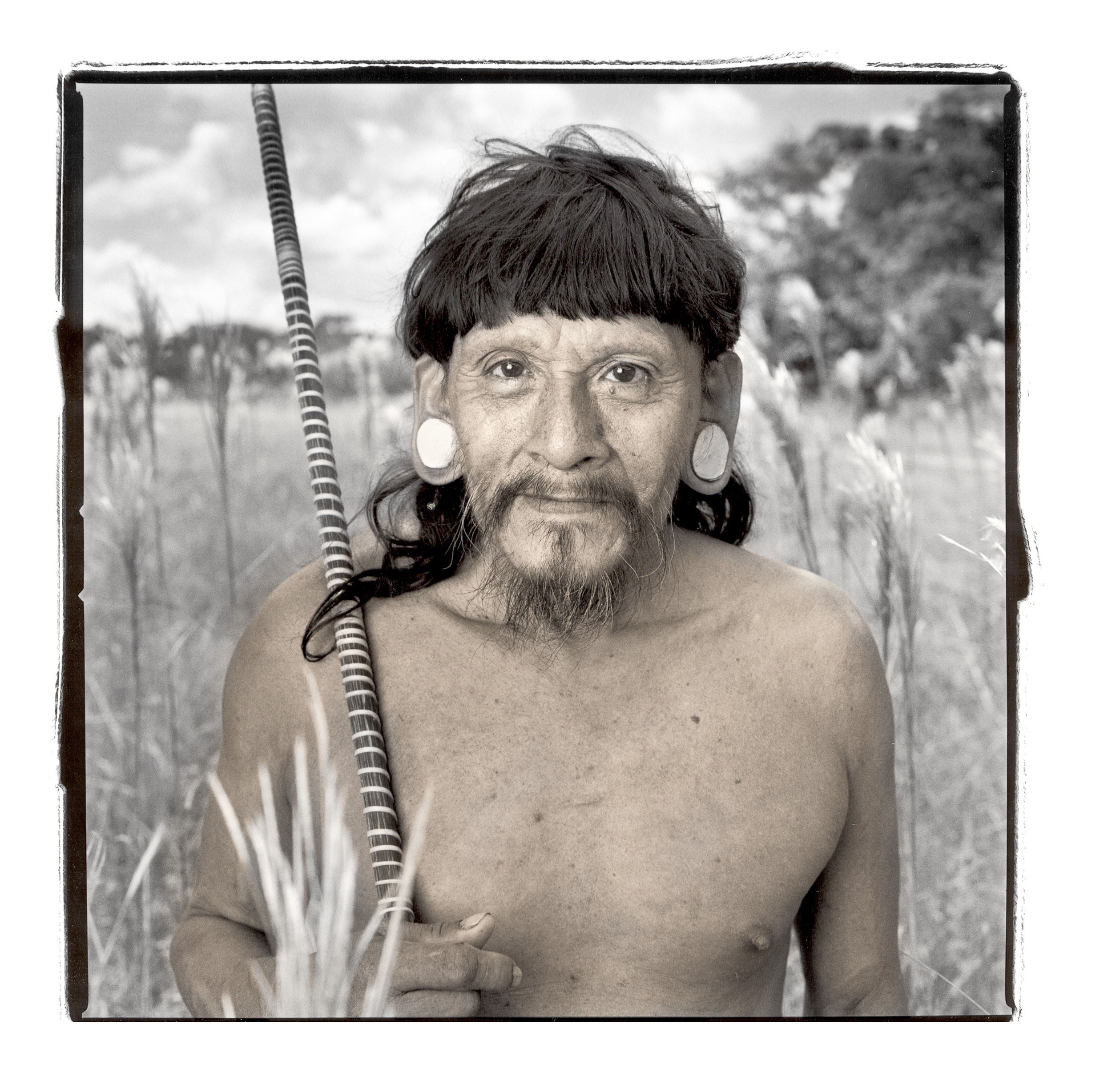
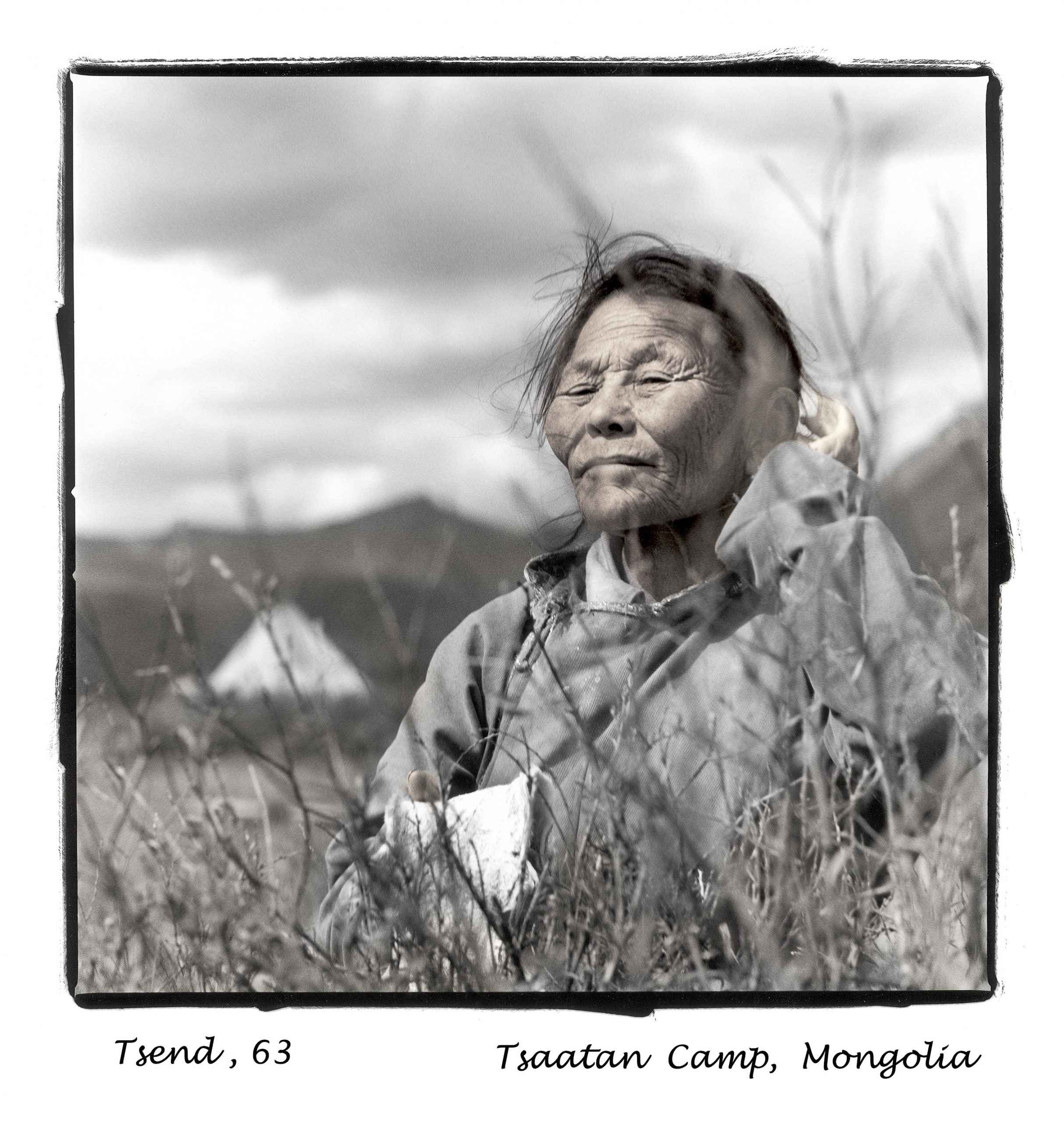
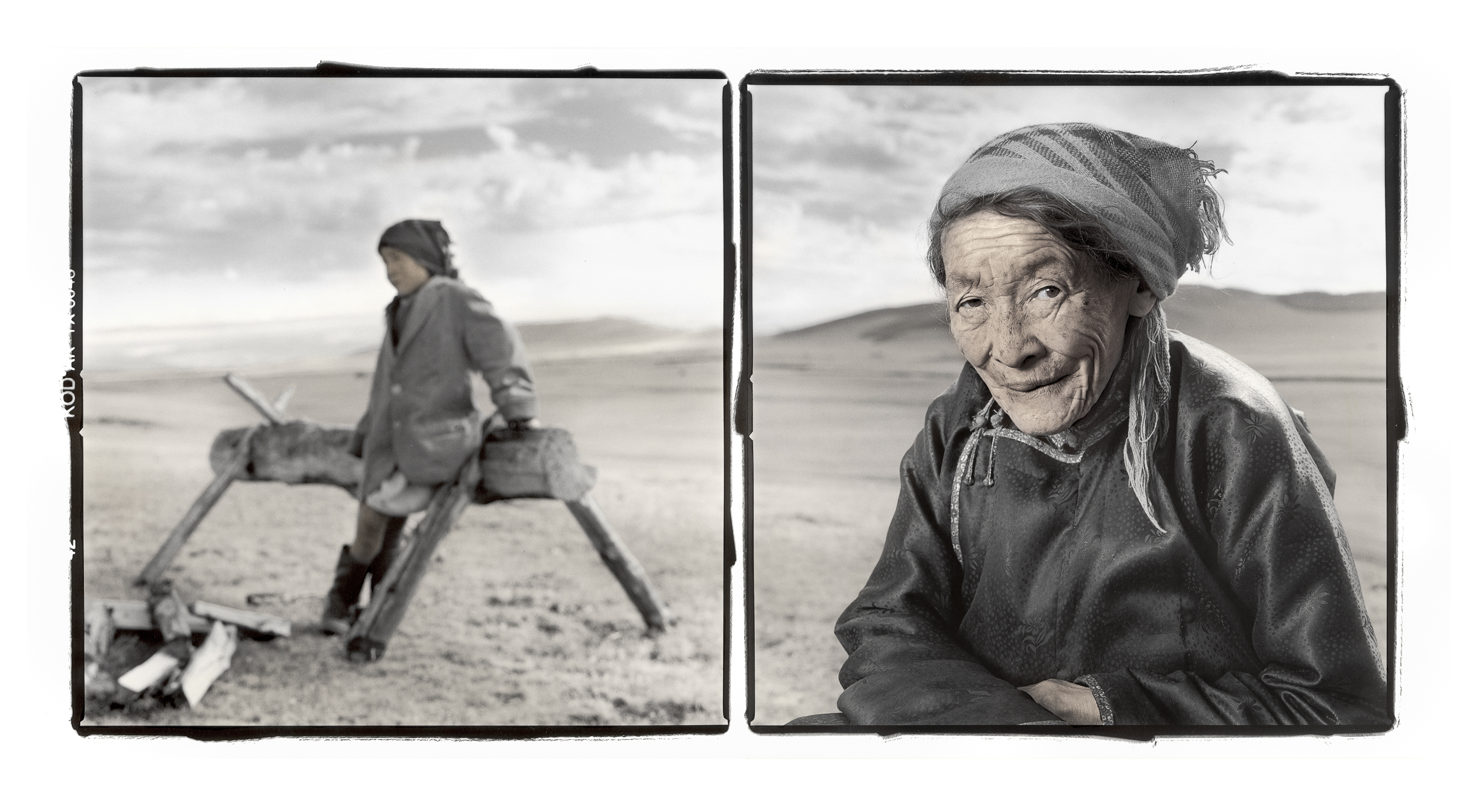
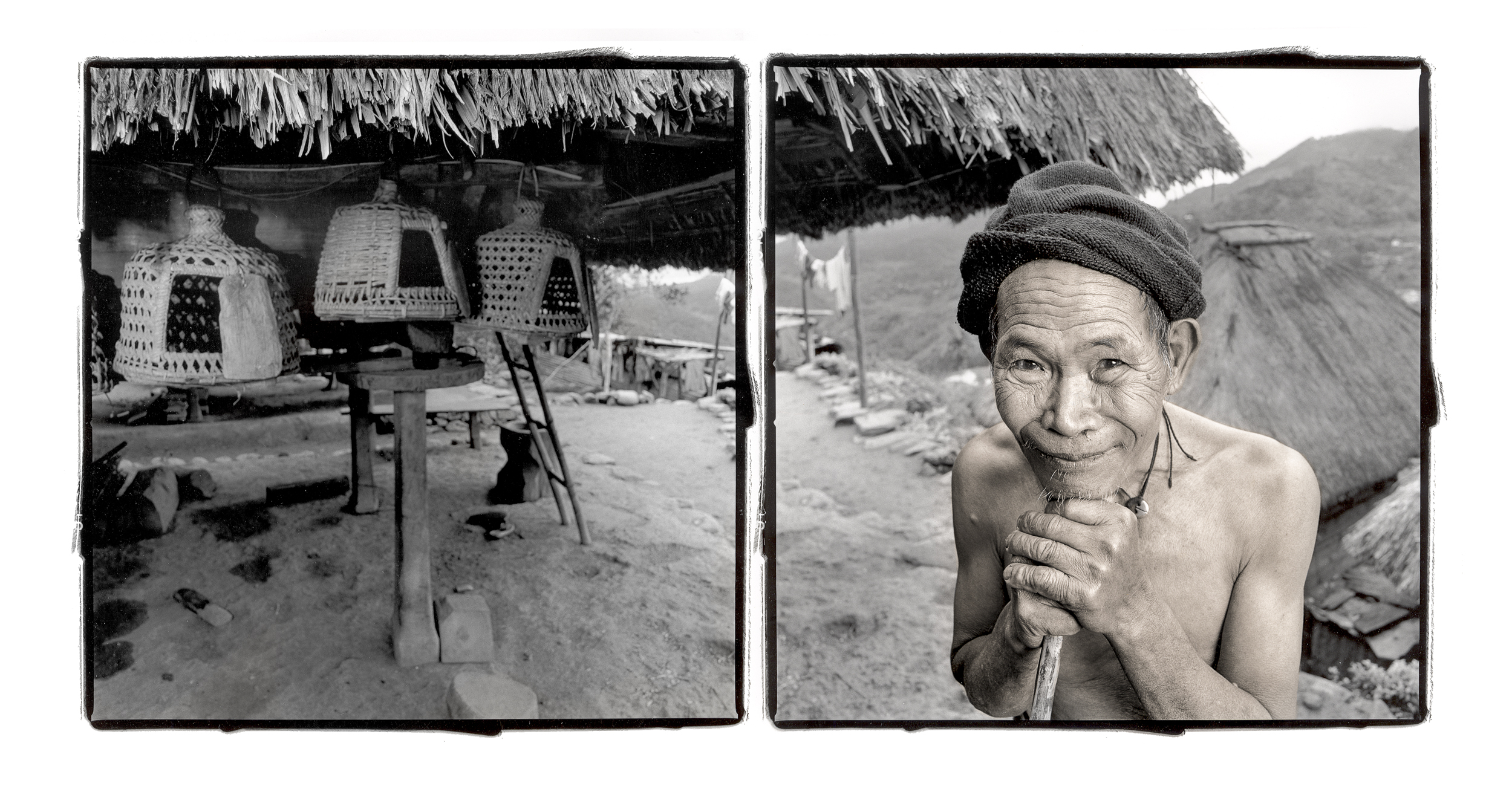
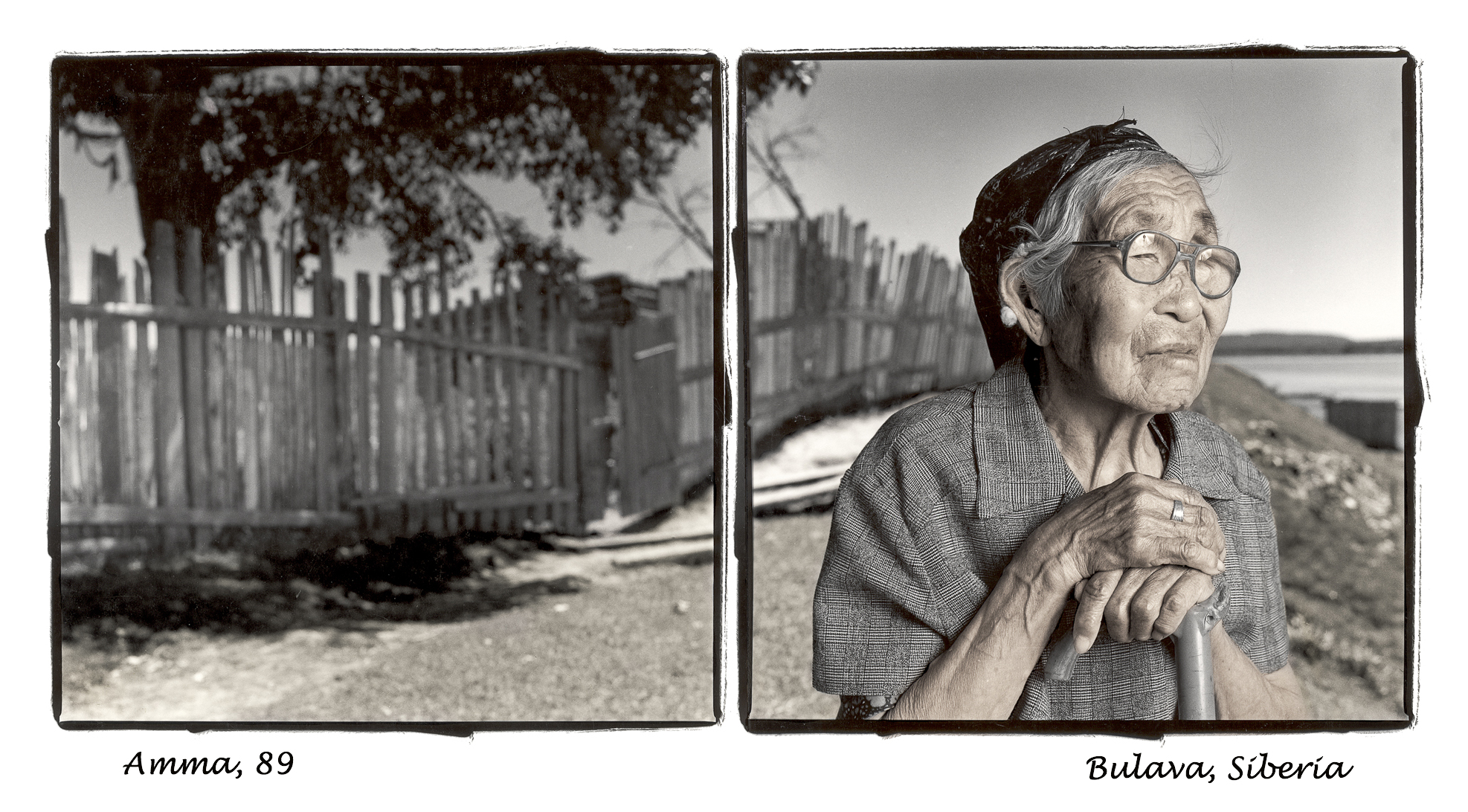


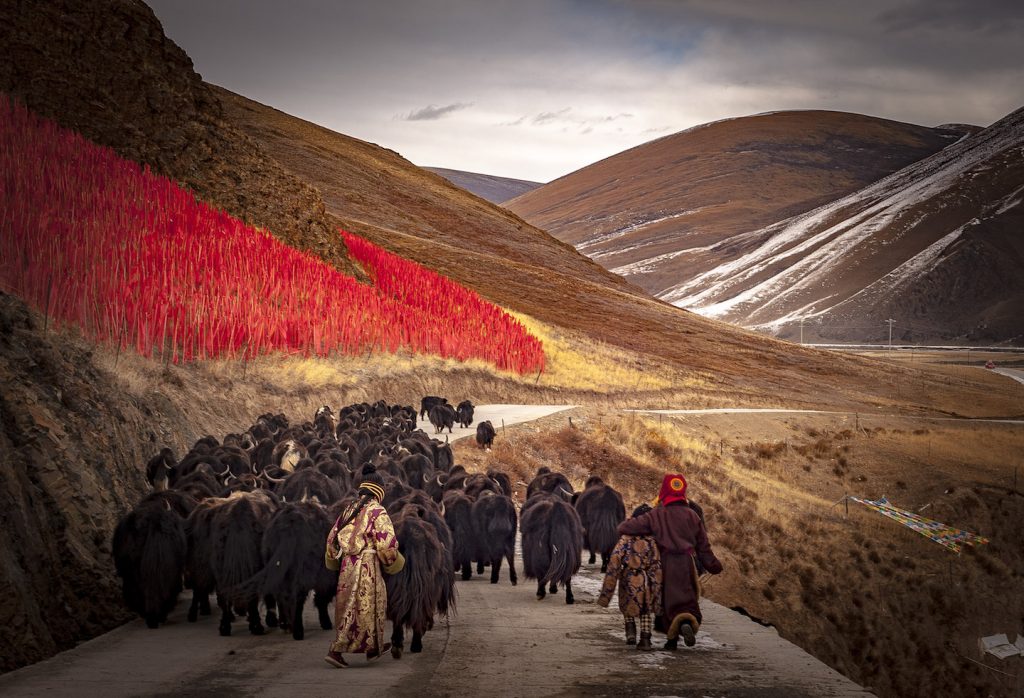

Wonderful article!
I am very excited by the trailer. My partner & I will probably watch the film this evening.